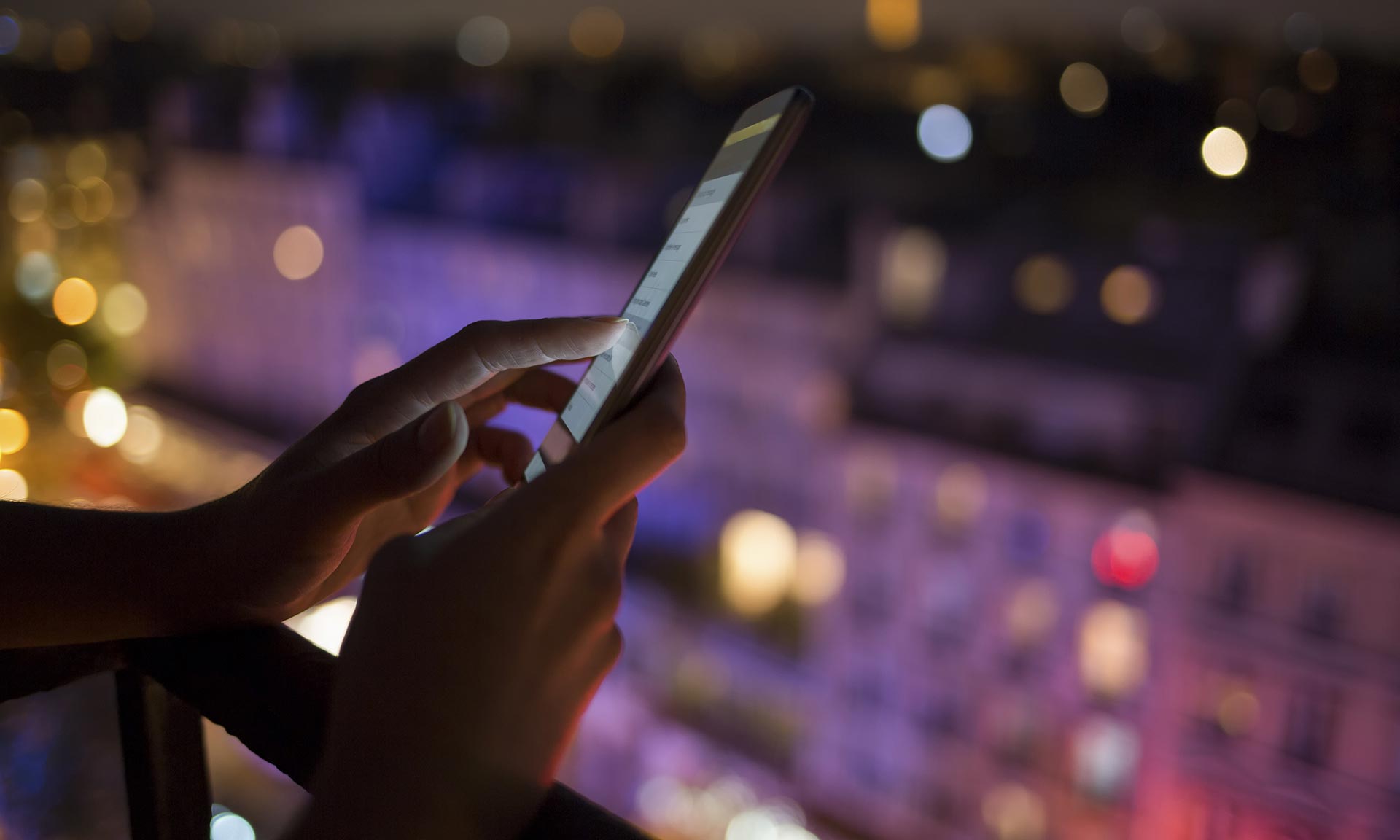Instant Census Blog

By Elyse Desmarais on July 29, 2015
I needed a new cell phone. Unable to purchase a new phone online due to plan changes, I sacrificed my Sunday afternoon and subjected myself to the misery of visiting my wireless carrier’s store. On this day in particular, I was accompanied by a majority of the United States population. To add to chaos, the store was located in a mall, which meant navigating through an influx of crowds to get to it’s location.
I arrived to the store and was immediately greeted by an employee, we’ll call her Karen, who asked why I was visiting today and if i’d like to be placed in the “queue” to speak with a sales associate. I looked at the screen mounted on the wall above Karen’s head, which showed 8 names already in the queue.

“How long will the wait be?” I asked.
“Only a half hour.” Karen responded without making eye contact.
Left with no other choice, I agreed to be put in the queue.
I walked over to the waiting area, where all seats were taken by disgruntled customers. As the half hour went by and my name hadn’t moved from 9th on the list, I grew anxious. I looked out the store window into the mall, where I saw happy shoppers.
I approached Karen, who tried to avoid me by standing behind a life sized cardboard cutout of a cell phone.
“Is there any way I can shop around the mall while I wait for my name to be called? Can you call or text me when i’m up next?” I asked, assuming a wireless provider would be capable of this.
“Sorry, you’ll have to stay in the store while you wait.” Karen responded.
Cut to an hour and a half later when my name is finally called. I left the store another hour later, phone in hand, but a weekend afternoon wasted.
A few days after my visit, I received an email from my provider requesting participation in a survey regarding my experience. I opened the email, skimmed it’s contents, but didn’t take the survey for a few reasons:
I received it in the middle of my work day
I wasn’t using my personal computer
I didn’t have the time to pull up the email on my mobile phone
It had already been a few days since my visit and I felt no urgency to respond
I kept the email in my inbox in case I had time to complete it at a later date, but never did.
While griping about my unpleasant experience has been therapeutic, these customer experience mishaps are valuable lessons to businesses of all kinds. Here are my takeaways:
Your customers’ personal time is valuable and shouldn’t be wasted waiting for service. In my experience, the majority of my time was used waiting for assistance, rather than receiving service. This left me feeling frustrated and my business unappreciated.

How is this resolved? Although wait times are often unavoidable, especially during busy periods, communication is one way to keep your customers appeased and informed. Whether it is done in person by checking-in periodically, or by texting customers updates on approximate wait times and explanations for extended waits, consistent communication allows customers to know you’re thinking about them, aware of the situation, and actively handling getting them assistance.
As I mentioned, my carrier’s store was located in a mall. This setting could have provided unlimited means for me to kill time while waiting for my appointment. Instead, I was confined to my carrier’s store.
By implementing a text message alert system, waiting customers could freely shop around the mall, run errands, or grab a quick meal while waiting for service. Had this been an option, I may have felt less that my time was “wasted” and more accomplished since given the opportunity to get other tasks done while waiting.
Customers feel appreciated when businesses accept, value, and act upon their feedback.

Reaching out to customers regarding their experience should happen immediately following the interaction. If follow-up occurs too late, a customer’s experience is not fresh in their mind (creating bias) and responses will likely decline. Timeliness of outreach is a direct reflection of how your business operates and shows customers you’re efficient by nature.
In my case, I received a follow-up email survey days after my visit and during an inconvenient time of day, which resulted in my carrier missing out on valuable feedback needed to improve customer experience.
At Instant Census, we specialize in B2C communications and getting businesses the feedback they need in minutes, not hours or days, to better serve their customers. Our text message surveys have been used by researchers for correspondence with survey respondents, companies and brands for feedback to improve customer experience, and schools for communication with parents and students.
Text messaging is the ideal medium for getting brief feedback from research subjects or customers. Instant Census text message surveys offer higher response rates and faster response times than email or web surveys, are less expensive than human call centers for phone surveys, provide access to all types of mobile users without a smartphone or an app, and are able to ask recurring or periodic surveys with minimal respondent fatigue.
Instant Census also offers a variety of scheduling options, so you can send surveys on the schedule that works best for your audience.
Interested in learning more about Instant Census interactive text message surveys? Want to know how we can help you increase engagement, participation and response rates from your audience? Get in touch!